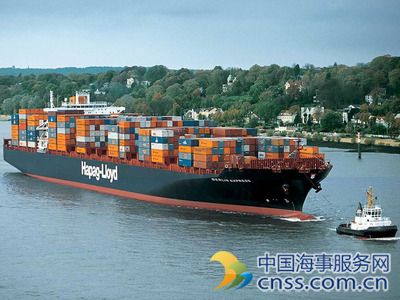China data to show economy gained momentum heading into 2017 but risks abound

A raft of data from China in coming weeks is expected to show the world’s second-largest economy carried solid momentum into 2017, thanks to heavy government stimulus and a construction boom that breathed new life into its ailing smokestack industries.
But Beijing’s decision to double down on spending to meet its official growth target may have come at a high price, as policymakers will have their hands full in 2017 trying to defuse financial risks created by the explosive growth in debt.
Expectations for further depreciation of the yuan currency are creating further headaches for the government, even as U.S. President-elect Donald Trump threatens to brand China a currency manipulator and impose heavy tariffs on Chinese goods.
China is due to report fourth-quarter and full-year gross domestic product on Jan. 20. GDP grew at exactly 6.7 percent for each of the first three quarters, smack in the middle of the government’s 2016 target range of 6.5-7 percent.
Factory and service sector surveys for December published earlier this week showed activity accelerated, with strong order books boding well for business in coming months.
However, despite signs of economic stabilisation and even improvement this year, money has been leaving China on the back of the yuan’s steady decline against the surging U.S. dollar.
The extent to which authorities have battled to stabilise the yuan may be seen in foreign exchange reserve data on Jan. 7.
China’s foreign exchange reserves likely fell to $3 trillion in December, from $3.052 trillion at the end of November and the lowest since April 2011, according to median estimates from analysts surveyed by Reuters.
The Chinese currency lost around 6.5 percent against the dollar last year, with expectations strong for continued weakness.
In recent weeks, the government has stepped up oversight of individual foreign exchange purchases and outbound investments by companies, saying it wants to close loopholes for speculative outflows.
More restrictions are expected this year. But if forex reserves continue to be depleted at a fast pace and capital flight continues, some strategists believe China’s leaders may have little choice but to sanction a big “one-off” devaluation.
Trade and inflation data will follow on Jan. 10 and Jan. 13, respectively, with fourth-quarter GDP and December fixed asset investment, retail sales, and industrial output on Jan. 20. Loan and money data is expected anytime Jan. 10-15.
A weaker yuan does help China’s exports, which rose in yuan terms in November.
But analysts expect shipments in dollar terms from the world’s largest exporter declined 3.5 percent in December, compared with a 0.1 percent increase in the previous month, while imports likely rose 2.4 percent, down from 6.7 percent growth.
China’s trade surplus is forecast to have been $46.50 billion in December, versus November’s $44.61 billion, with growing attention on its large trade surplus with the U.S.
Inflation will also be on the radar in 2017, with any sign that consumer price increases are accelerating increasing the chances of policy tightening, which could throw a wrench into an economy still driven by rapid credit growth.
Fuelled largely by stronger demand and higher prices for building materials and coal, China’s producer prices likely rose 4.5 percent in December, which would be the fastest since November 2011 and a rapid turnaround from when wholesale prices were in decline just four months prior.
Consumer prices likely rose 2.3 percent in December, the same pace as in November. While a strong recovery of commodities prices have pushed up industrial profits, there has been little indication of higher prices being pushed on to the consumer yet.
Analysts say policymakers are not likely to worry much about inflation unless the consumer price index rises above 3 percent.
Highlighting how much money was pumped into the economy last year, banks are expected to have extended a record amount of credit, despite signs that the country’s leaders are worried about the risks of prolonged debt-fuelled stimulus.
Banks probably extended 700 billion yuan ($101.73 billion) in new loans in December, down from the previous month but still easily putting the 2016 total over 2015’s record 11.72 trillion yuan.
The growth rate of outstanding loans likely held steady at 13.1 percent year-on-year, while M2 money supply expanded at a slightly stronger pace of 11.5 percent.
Industrial output and retail sales probably grew 6.1 percent and 10.7 percent, respectively, easing marginally from November, while fixed asset investment growth was likely steady at 8.3 percent.
Industrial output likely dipped as authorities closed some factories to battle heavy smog in northern China, and as government attempts to control red-hot property prices have slowed the pace of new home construction and investment.
Source: Reuters (Reporting by Elias Glenn; Editing by Kim Coghill)
HEADLINES
- Do shipping markets want Biden or Trump for the win?
- All 18 crew safe after fire on Japanese-owned tanker off Singapore
- Singapore launching $44m co-investment initiative for maritime tech start-ups
- Cosco debuts Global Shipping Industry Chain Cooperation Initiative
- US warns of more shipping sanctions
- China continues seaport consolidation as Dalian offer goes unconditional